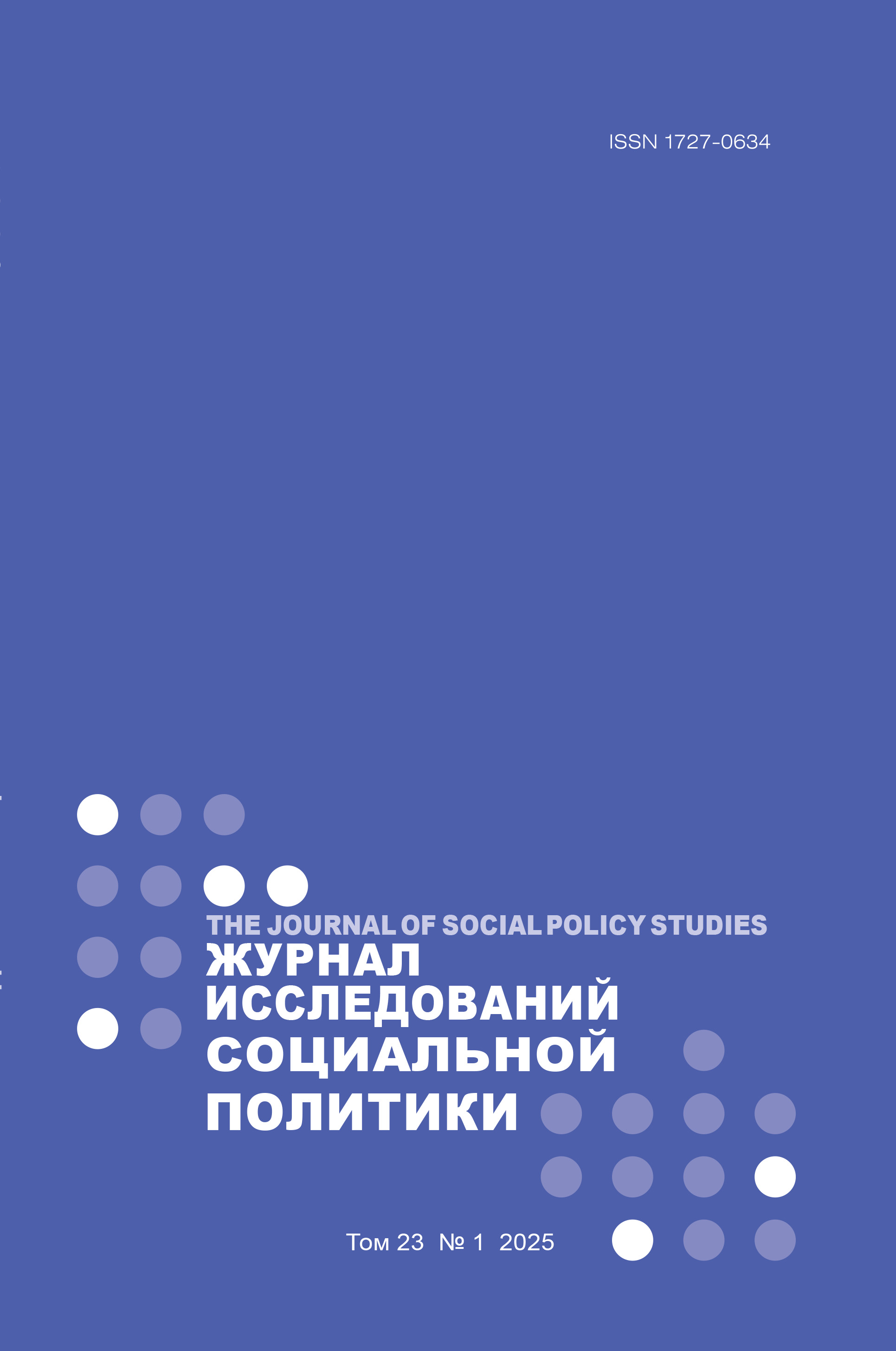Child Labor: Interdisciplinary Discourse and Practice
Abstract
The starting point for the research and the preparation of the article were the amendments to the Russian Labor Code in 2023, which provided for the relaxation of the requirements for minors to start work. Child labor in sociological, historical, and legal aspects, as well as its presence on the labor market is the main focus of the study. The purpose of the article is to analyze the causes and consequences of attracting minors to work under market conditions, as well as the demand for workers over the age of 14 in the modern Russian labor market. The current interest of legislators, employers, and scientists in the work of minors arose due to the shortage of personnel in the Russian labor market. International and Russian legal documents define the procedure and conditions for the employment of minors. Historically, Russian legislation was one of the first to protect child labor. The sociological aspects of the analysis of child labor show the negative nature of the causes and consequences of child labor, which goes beyond the acquisition of general and vocational education. Since the majority of children involved in market labor relations come from dysfunctional families experiencing various forms of deprivation, the reduction of their children’s educational opportunities due to increased employment increases the likelihood of reproducing the need and consolidating the low-income status. An analysis of job vacancies for applicants over the age of 14 confirmed that the jobs on the offer are low-paid, unskilled, and temporary, in line with the class characteristics of the precariat. For this reason, the current changes in labor legislation to create affordable employment for minors will not have a significant economic impact, but are likely to create social tensions and reduce the potential for social development.















